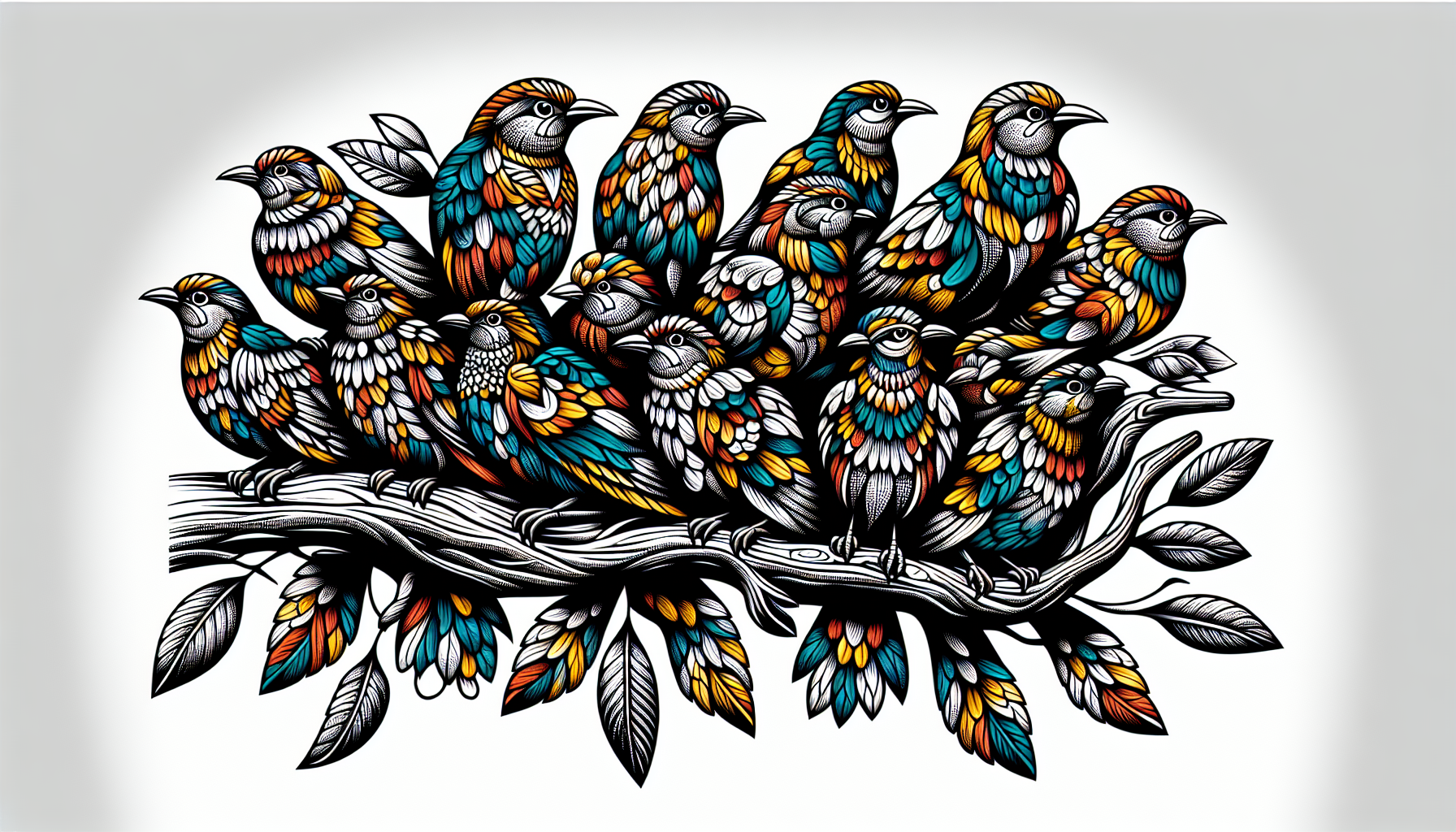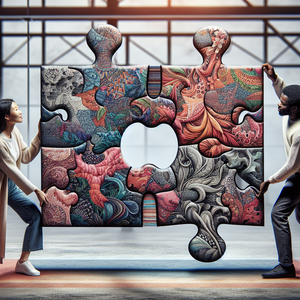The Future of Fashion: 3D Printing Technicians Weaving the New Fabric

Traditionally, fashion has been a labor-intensive industry, dependent on skilled artisans and complex supply chains. However, 3D printing is disrupting this model by offering a blend of technology and artistry that allows designers to experiment with new forms and materials. This convergence of fashion and technology has opened up new realms of possibility, where clothing can be printed layer by layer, resulting in intricate designs that were once impossible to achieve with conventional methods. This technological advancement is not only transforming the design process but also democratizing it. Designers can now access tools that were once prohibitively expensive or technically challenging, enabling a new wave of creativity. For example, the Dutch fashion designer Iris van Herpen is renowned for her use of 3D printing to create ethereal, complex garments that challenge traditional notions of fashion. Her work exemplifies the potential of 3D printing to redefine the aesthetic boundaries of the industry.
Sustainability Through Innovation
One of the most compelling aspects of 3D printing in fashion is its potential to address sustainability issues. The fashion industry is notorious for its environmental impact, with massive amounts of waste generated each year. 3D printing offers a solution by allowing for on-demand production, which significantly reduces waste. Technicians are at the forefront of this change, developing new biodegradable or recycled materials that are both eco-friendly and versatile. Moreover, the ability to produce garments locally through 3D printing reduces the carbon footprint associated with shipping. This shift not only benefits the environment but also empowers local economies by decentralizing production and encouraging small-scale manufacturers to compete with global brands. For instance, companies like Adidas are exploring 3D-printed shoes, which are not only innovative in design but also promise a reduction in material waste and transportation emissions.
Customization and Personalization
In today's consumer landscape, there is an increasing demand for unique, tailored experiences. 3D printing revolutionizes the concept of personalization in fashion by enabling designers to offer customizable clothing that fits an individual’s body perfectly. This level of personalization was previously achievable only through bespoke tailoring, often reserved for luxury markets. Technicians play a crucial role here, using advanced software to scan and model garments that conform to the wearer’s exact dimensions. This personalized approach not only enhances comfort but also creates a deeper connection between the consumer and their clothing, as each piece can be truly one-of-a-kind. Brands like Ministry of Supply are already using 3D printing to create custom-fit garments, highlighting how technology can cater to individual needs and preferences.
Avant-Garde Designs Come to Life
For designers who thrive on pushing the boundaries of creativity, 3D printing offers a playground of possibilities. Avant-garde designs that were once constrained by the limitations of traditional fabric and construction techniques can now be realized. Technicians work closely with designers to translate imaginative concepts into tangible garments, using their expertise to solve complex challenges related to structure and material behavior. A notable example is the collaboration between fashion designers and 3D printing technicians in creating pieces that mimic the natural world. By using biomimicry, designers can craft garments that resemble organic forms, such as feathers or scales, offering a fresh perspective on what fashion can be. This innovative approach not only expands the aesthetic potential of fashion but also invites consumers to reimagine their relationship with clothing.
As the fashion industry continues to evolve, the role of 3D printing technicians is becoming increasingly vital. Their ability to blend technology with creativity is not only transforming the way clothing is made but also reshaping the values of the industry. With a focus on sustainability, customization, and innovation, 3D printing is setting the stage for a future where fashion is more personal, eco-friendly, and limitless in its possibilities. As we stand on the cusp of this new era, it is clear that the collaboration between 3D printing technicians and designers will define the next chapter of fashion history. This partnership promises not just a change in the garments we wear but a transformation in the very fabric of the fashion industry itself.
3D Printing Technician (Fashion Industry)
Adidas, Ministry of Supply, Iris van Herpen Studio
Responsibilities
Operate and maintain 3D printing machines to produce fashion prototypes and final products.
Collaborate with designers to translate digital designs into physical garments.
Innovate with new materials and techniques to improve sustainability and customization.
Fashion Technology Developer
CLO Virtual Fashion, Optitex, Lectra
Responsibilities
Develop software tools that enable designers to create 3D models and simulations for garment production.
Integrate new technologies into design processes to enhance creativity and efficiency.
Work closely with designers to ensure technological solutions meet creative needs.
Sustainable Fashion Material Scientist
Parley for the Oceans, Bolt Threads, AlgiKnit
Responsibilities
Research and develop new eco-friendly materials suitable for 3D printing in fashion.
Test and evaluate the performance of biodegradable or recycled materials in garment production.
Collaborate with 3D printing technicians to ensure material compatibility and quality.
Bespoke Fashion Designer (3D Printing)
Ministry of Supply, Shapeways, Nervous System
Responsibilities
Design custom-fit garments using 3D scanning and printing technologies to cater to individual body measurements.
Focus on creating unique, personalized clothing experiences for clients.
Stay updated on the latest 3D printing trends and materials to incorporate into designs.
Biomimicry Fashion Designer
Iris van Herpen Studio, Anouk Wipprecht, Neri Oxman’s Mediated Matter Group
Responsibilities
Use 3D printing and biomimicry principles to create garments inspired by nature’s forms and structures.
Collaborate with material scientists and 3D technicians to develop innovative designs.
Explore the intersection of art, science, and technology in fashion design.


